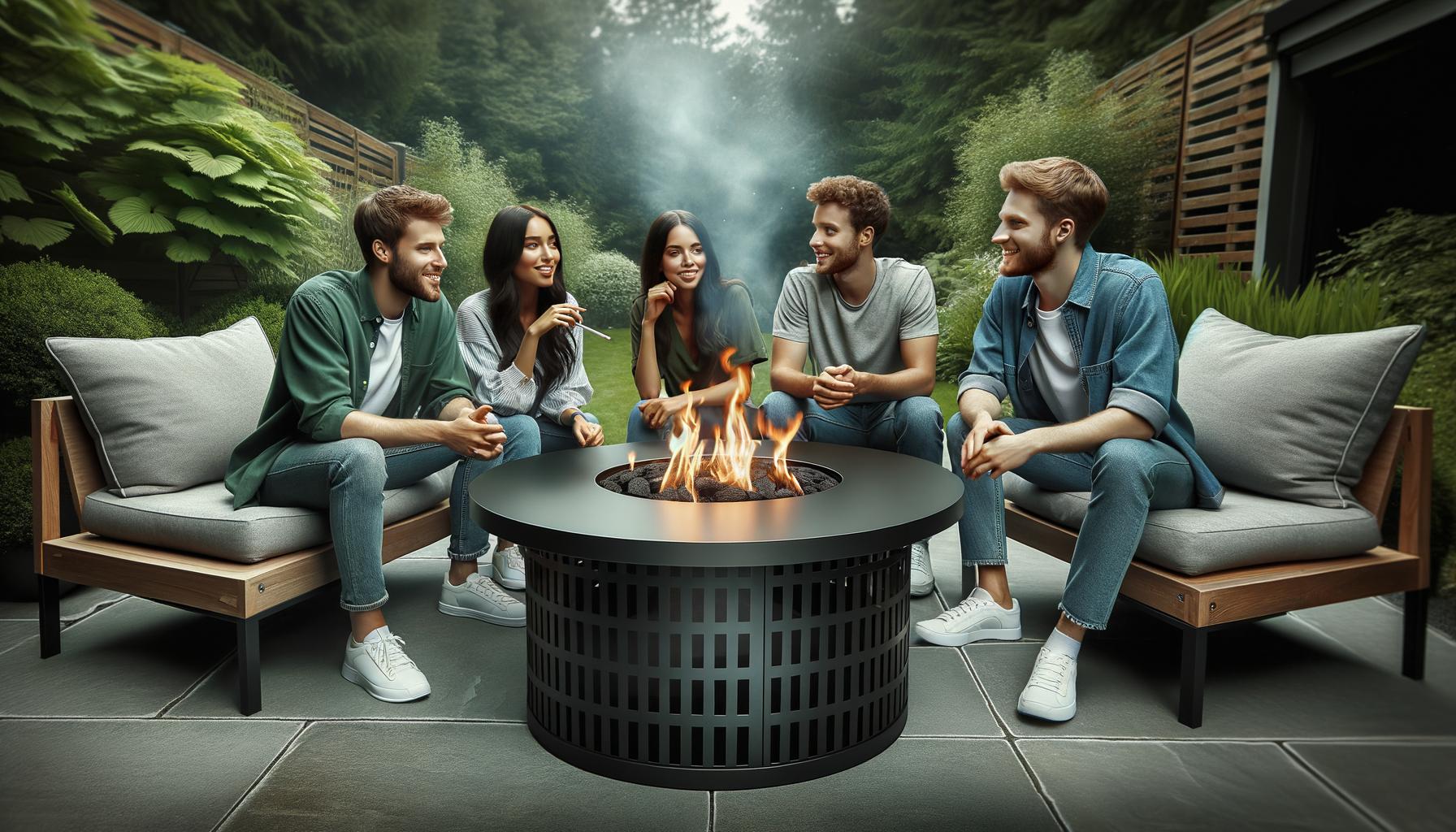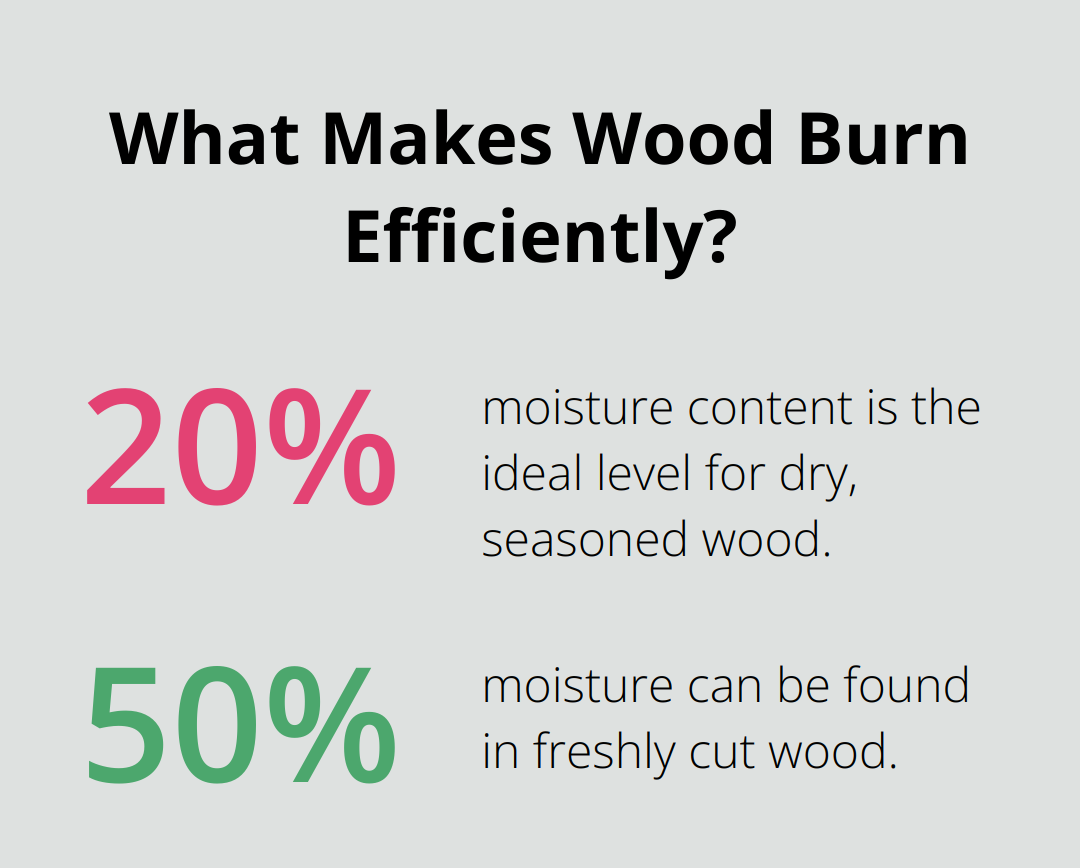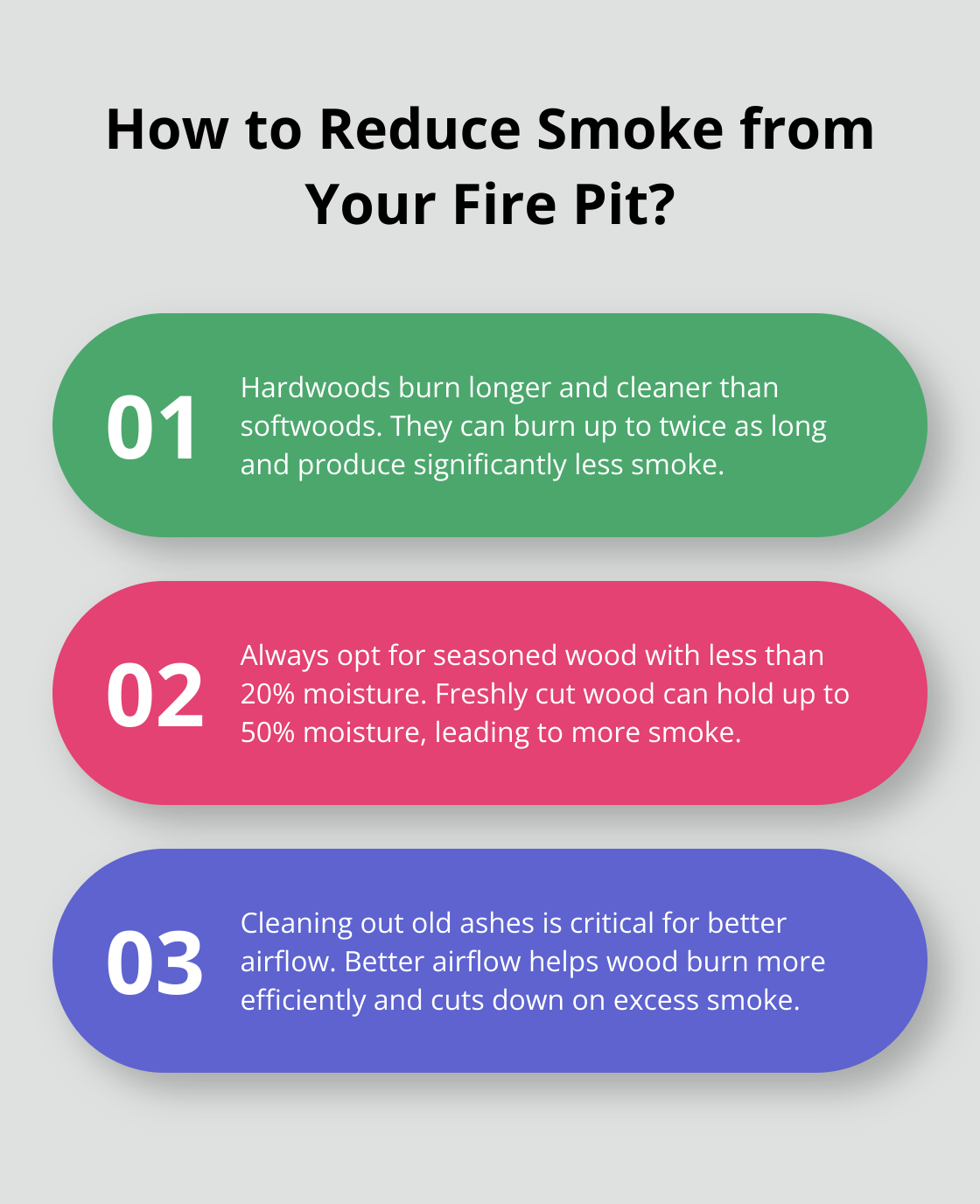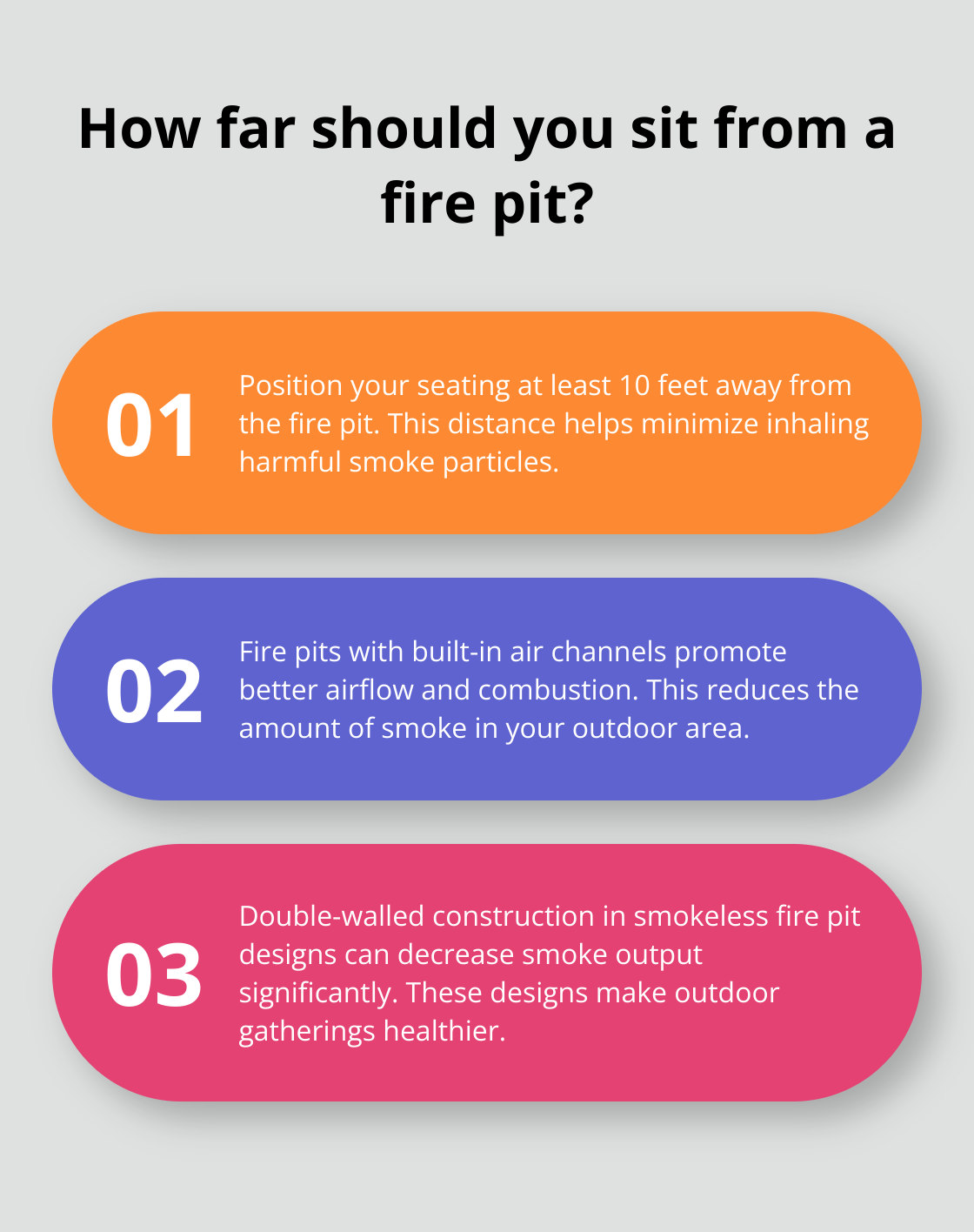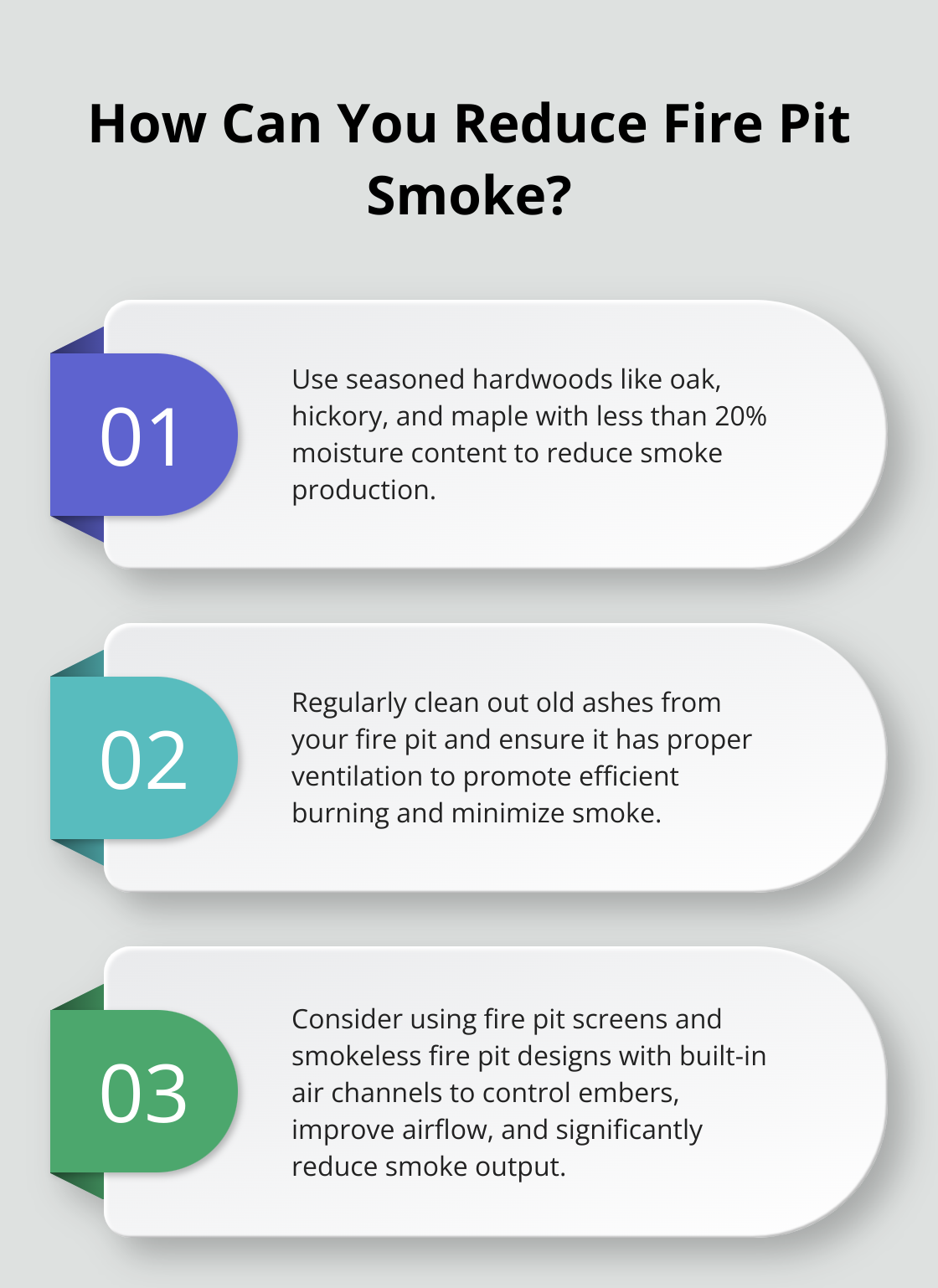
Choosing the right wood for your fire pit can enhance your outdoor experience in numerous ways. Each type of wood offers unique benefits, from burn temperature to smoke production.
In this post, we’ll guide you through the best options and provide practical tips for selection and storage. At S&S Fire Pits, we want to help you make informed decisions for optimal enjoyment.
What Wood Should You Use?
Choosing the right type of wood is a game-changer for your fire pit experience. The type of wood not only influences burn time but also the amount of smoke and aroma. Here’s what you need to know about different wood types.
Hardwoods vs. Softwoods
Hardwoods like oak, hickory, and maple are the gold standard for fire pits. They burn slower and hotter, producing a steady flame and minimal smoke. Oak is exceptionally popular due to its long-lasting burn and high heat output. Hickory, known for its robust flavor, is a favorite for cooking. Maple, on the other hand, burns clean and offers a pleasant aroma.
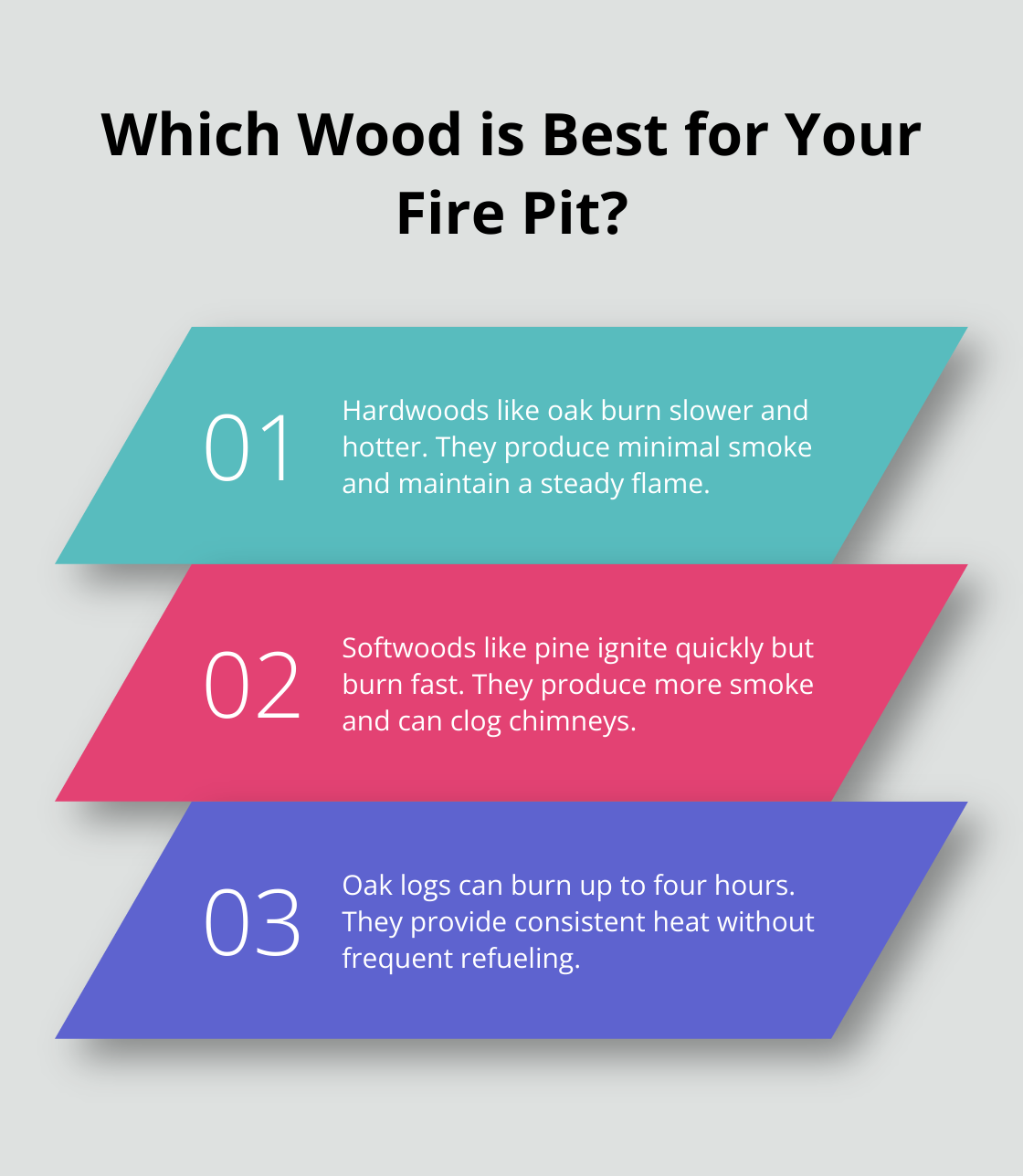
Softwoods, such as pine and cedar, ignite quickly, making them suitable for kindling. However, they burn fast and produce more smoke and creosote, which can clog chimneys and flues. While softwoods can be handy for starting a fire, they shouldn’t be the primary wood used in your fire pit.
Popular Options: Oak, Hickory, Maple
Oak is a top choice for fire pits because of its high density. An oak log can burn up to four hours, providing consistent heat without frequent refueling. This makes it ideal for long evenings around the fire.
Hickory stands out for its versatility. It not only burns hot and long but also imparts a rich, smoky flavor to food, making it excellent for cooking. Hickory can reach temperatures of up to 1,200 degrees Fahrenheit.
Maple is valued for its clean burn and sweet aroma. It produces less smoke, making it pleasant to sit around. Plus, its embers last longer, maintaining heat even after the flames die down.
Less Common Choices: Cherry, Applewood
Cherry wood offers a fragrant and visually appealing burn. It ignites quickly and produces a steady heat, but it burns faster than oak or hickory. Still, it’s a fantastic choice for those who enjoy a pleasant aroma.
Applewood is another excellent option, especially for cooking. It burns hot and slow, imparting a mild, sweet flavor to grilled foods. Perfect for a campfire cooking experience, though it might be harder to source.
For a deeper look into different firewood options, consider what best matches your fire pit needs.
Practical Tips for Storing Wood
To get the best out of your firewood, proper storage is essential. Keep wood off the ground and covered to protect it from moisture. A good rule of thumb is to let seasoned wood cure for at least six months. Storing wood correctly not only ensures a better burn but also reduces smoke production and waste. For more on firewood storage, check these practical tips.
Selecting the right wood can drastically enhance your fire pit experience, maximizing both enjoyment and efficiency. Make informed choices and relish those cozy nights by the fire.
What Factors Matter When Choosing Firewood?
Several factors play a significant role in determining the best wood for your fire pit. Burn temperature and duration, smoke production, availability, and cost are crucial considerations for the ultimate fire pit experience.
Burn Temperature and Duration
The burn temperature and duration of your wood directly impact the quality of your fire. Hardwoods like oak and hickory are renowned for their high heat output and prolonged burning times. Oak can sustain a fire for approximately four hours per log, delivering consistent warmth throughout the evening. Hickory, with its capacity to reach temperatures up to 1,200 degrees Fahrenheit, ensures a hot and enduring flame perfect for cooking and long gatherings.
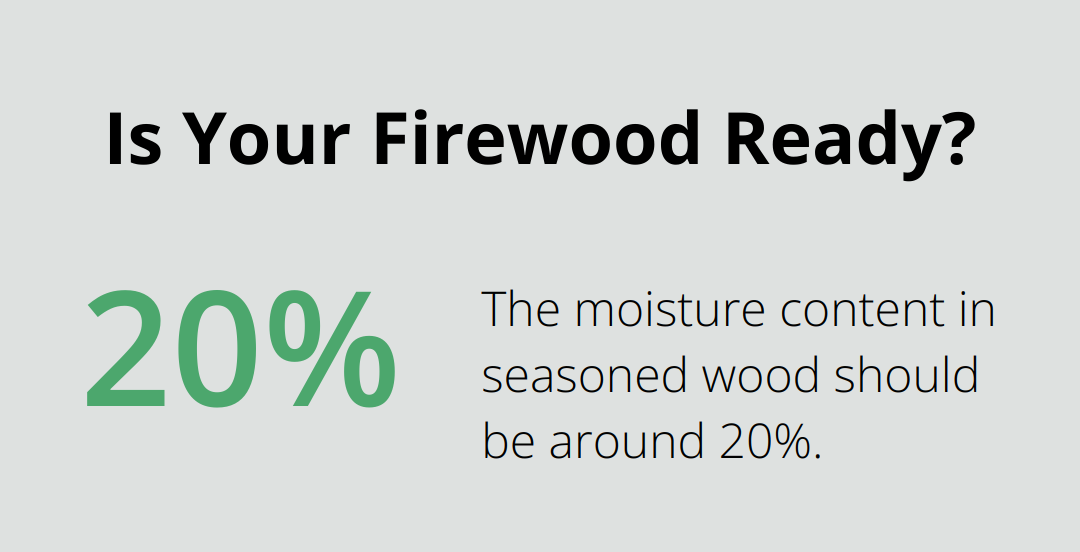
In contrast, softwoods burn at lower temperatures and for shorter periods. Pine and cedar ignite rapidly, providing instant flames but requiring frequent refueling. This quick burn makes them ideal for kindling rather than as the primary fuel source. The choice between hardwoods and softwoods ultimately hinges on your needs—sustained heat and longer burn times favor hardwoods, while ease of ignition favors softwoods.
Smoke Production
Smoke production is a critical factor to consider, especially for those who want a clean and comfortable fire pit experience. Hardwoods such as maple burn cleanly, emitting minimal smoke compared to softwoods like pine, which produce more smoke and creosote buildup. Excessive smoke can cause discomfort and even respiratory irritation, especially if the wood is not properly seasoned.
Seasoned wood—wood that has been dried for at least six months—burns far more efficiently than green wood. This drying process reduces the moisture content to around 20%, minimizing smoke production and ensuring a cleaner burn. It’s advisable to avoid burning construction wood or driftwood due to their potential to release toxic fumes and pollutants.
For more practical storage advice, consider these firewood storage tips.
Availability and Cost
Availability and cost are often overlooked but are just as vital. High-quality hardwoods like oak and hickory might come with a higher price tag, partly due to their superior burning characteristics. However, the longer burn time and higher heat output can justify the initial investment. For instance, investing in a cord of oak, which typically costs around $300 depending on the region, pays off in the long run with fewer refueling needs.
Locally sourcing firewood can also affect cost and availability. Region-specific woods like applewood, popular in certain areas for its cooking properties, may vary in price and accessibility. It’s crucial to research and understand what types of wood are readily available in your locality.
Understanding these factors will guide you in selecting the best wood for your fire pit, optimizing both performance and cost-efficiency.
Up next, we’ll explore how to maintain and extend the life of your fire pits, ensuring they remain a centerpiece of your outdoor gatherings.
How to Store Firewood Properly
Proper storage and handling of firewood are essential to ensure efficient burning and to maximize the lifespan of your firewood. With the right techniques, you can maintain wood quality and readiness for use in your fire pit.
Seasoning and Drying Methods
Seasoning wood involves drying it to reduce moisture content, which should ideally be around 20%. Freshly cut green wood has moisture content above 50%, making it difficult to burn and prone to producing excess smoke. The seasoning process requires at least six months, though some hardwoods like oak may take up to a year to season completely.
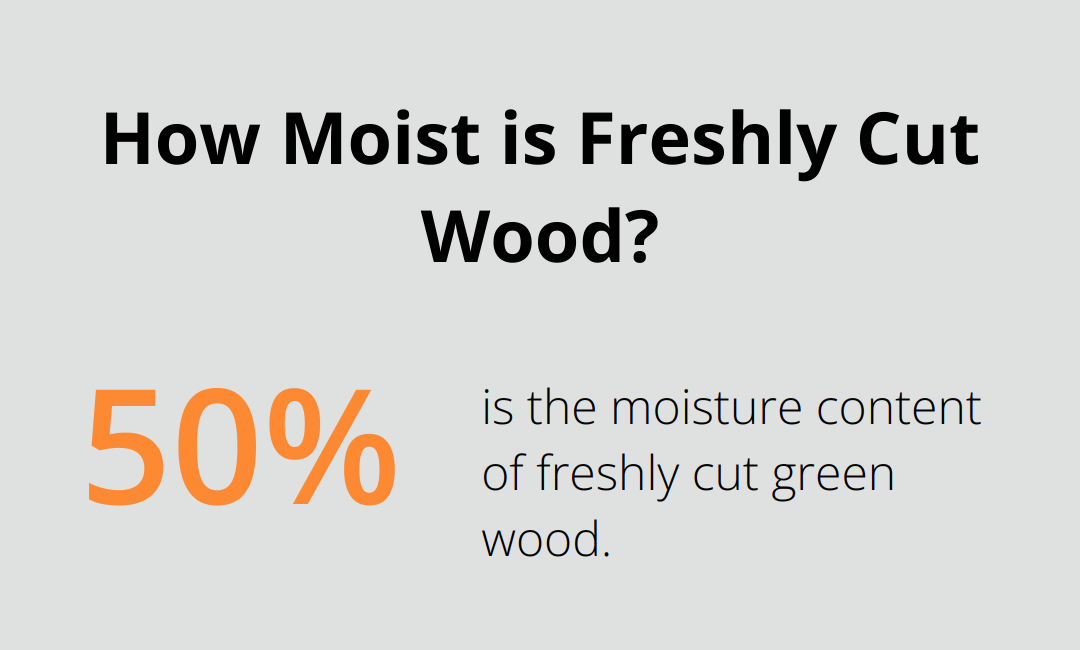
There are two primary methods for drying firewood:
- Air drying: Stack the wood in an open space with good airflow. This is the most common method and ensures natural drying.
- Kiln drying: Involves drying wood in a controlled environment using heat. This method is quicker and can reduce the seasoning time to a few weeks, but it is typically more expensive.
Stacking and Covering Techniques
Proper stacking and covering are crucial to keep your firewood dry and prevent it from rotting. Here are some effective techniques:
- Stack wood off the ground using pallets or a firewood rack to prevent moisture absorption from the soil.
- Arrange the logs in a crisscross pattern to enhance airflow, promoting even drying.
- Cover the top of the stack with a tarp or firewood cover, but leave the sides exposed. This protects the wood from rain while allowing moisture to escape.
For a detailed guide on building your own firewood rack, you might want to look into these firewood storage tips.
Tips for Maintaining Wood Quality
Maintaining the quality of your firewood ensures you get the best burn. Here are practical tips:
- Ensure adequate spacing between stacks to promote airflow and prevent mold growth.
- Rotate older wood to the front of the stack and use it first, following the first-in, first-out principle.
- Check for pests regularly. Infestations, such as termites, can degrade firewood quality. Using insect repellents can help keep pests at bay.
Regularly inspect your firewood for any signs of mold or decay. Discard any compromised wood to avoid unpleasant smoke and inefficient burning. Learning how to prevent firewood from rotting can save you from wasting valuable resources.
By following these best practices, you’ll ensure your firewood remains dry, seasoned, and ready to provide a warm, efficient fire every time.
Conclusion
Choosing the right wood for your fire pit is essential for an enjoyable and efficient outdoor experience. Hardwoods like oak, hickory, and maple are top choices due to their prolonged burn times, high heat output, and minimal smoke production. Softwoods such as pine and cedar ignite quickly and are excellent for kindling, but they burn fast and produce more smoke, making them less suitable as primary firewood.
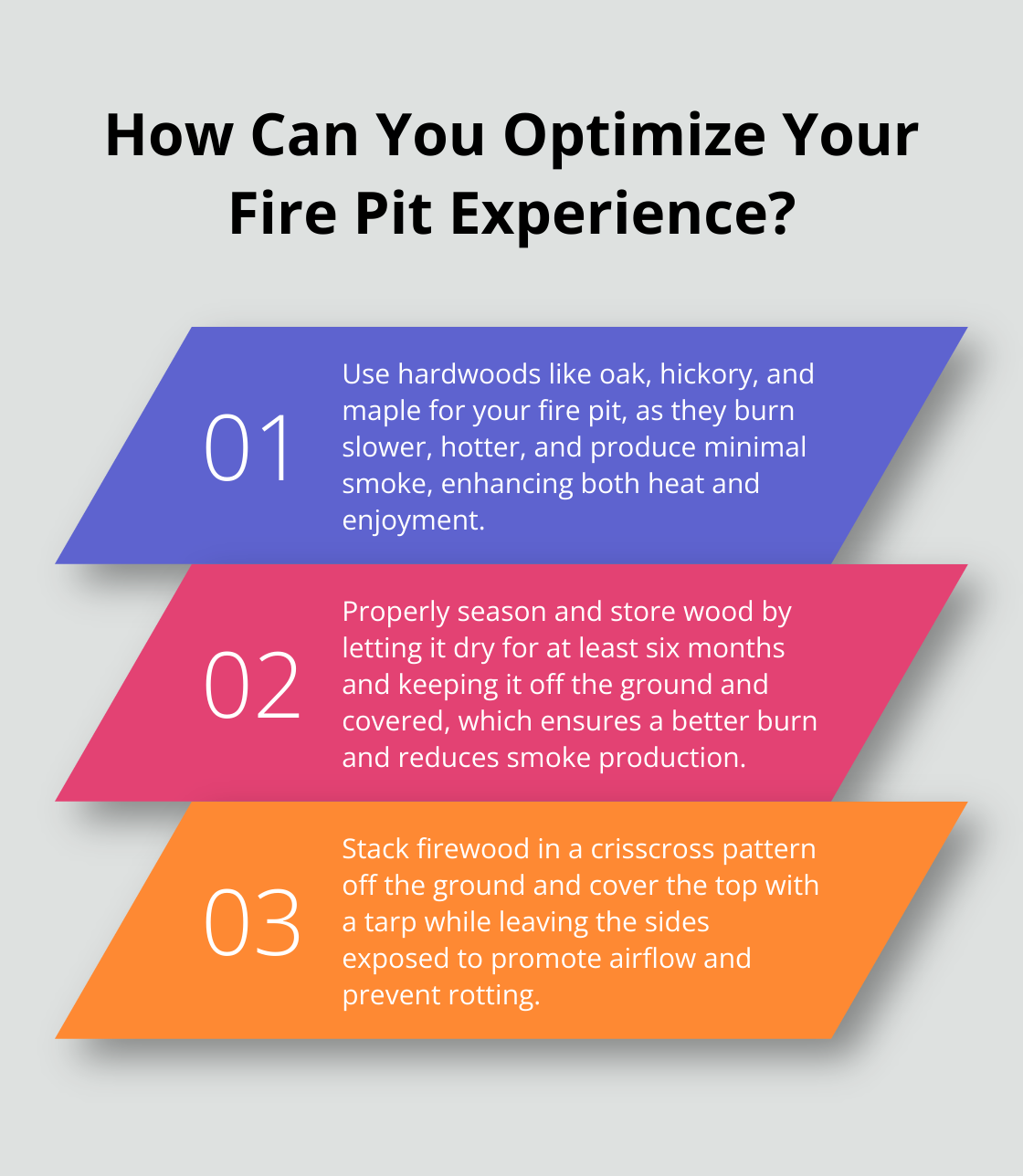
When selecting firewood, consider factors such as burn temperature, smoke production, availability, and cost. Hardwood generally offers a cleaner and longer-lasting fire, while softwood provides a quick start. Ensuring your wood is well-seasoned, with a moisture content around 20%, is key to reducing smoke and increasing burning efficiency.
Proper storage techniques, like air drying or kiln drying, stacking wood off the ground, and covering the top while leaving the sides exposed, help maintain wood quality and readiness for use. Regularly checking for pests and rotating older wood to the front of the stack can further enhance your firewood’s performance.
For a durable and high-quality fire pit, consider the handmade options from S&S Fire Pits. We craft unique fire pits and over 100 different products, all from solid USA steel. Our products are guaranteed for life, ensuring you never need to replace them.
By choosing the right wood and following proper storage practices, you can optimize your fire pit experience, making your outdoor gatherings warm and memorable. For more tips on optimizing your fire pit, you can explore our guides on wood burning tips and firewood storage.

